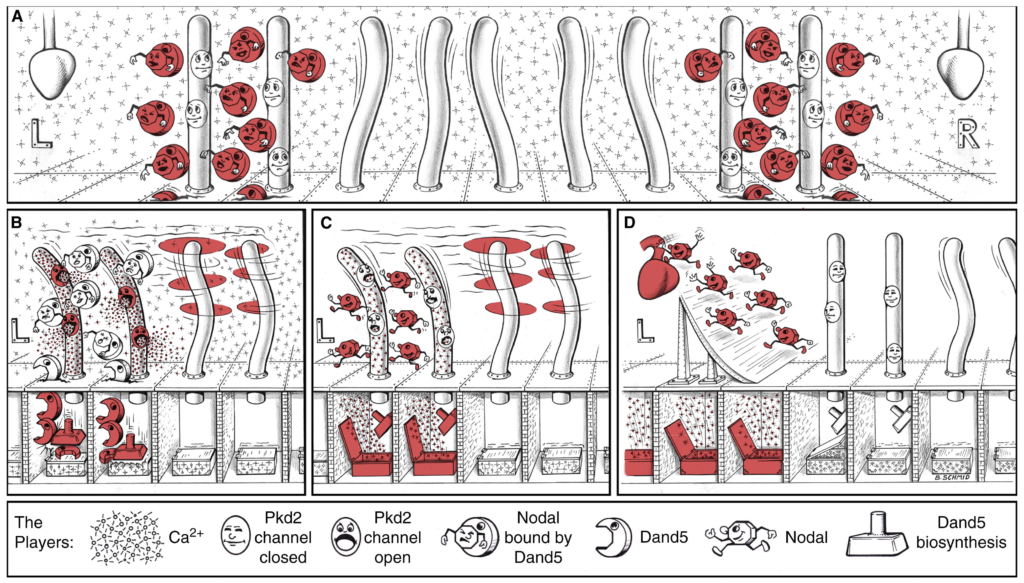
Congenital Heart Disease (CHD) is the most common major birth defect, affecting an estimated 1 in 130 live births, yet the cause remains elusive. In a growing number of cases, genetic studies have traced CHD to defects in cilia, hair-like structures that are found in the developing heart. The Yuan lab seeks to understand how these cilia act as antennae to sense and translate extracellular signals into molecular processes that sculpt the early heart. A deeper understanding of how cilia function in heart development will provide critical insight into the rational design of new diagnostics and therapeutics that have the potential to improve the outcome and care of patients with CHD.
The Yuan lab utilizes embryological, cellular, genetic, molecular, biophysical, and microscopy-based approaches in zebrafish, mice and cell-based models. In addition, the Yuan lab develops and applies cutting-edge optical approaches, namely light sheet microscopy, photomanipulation, genetically encoded biosensors and optical nanomaterials.
